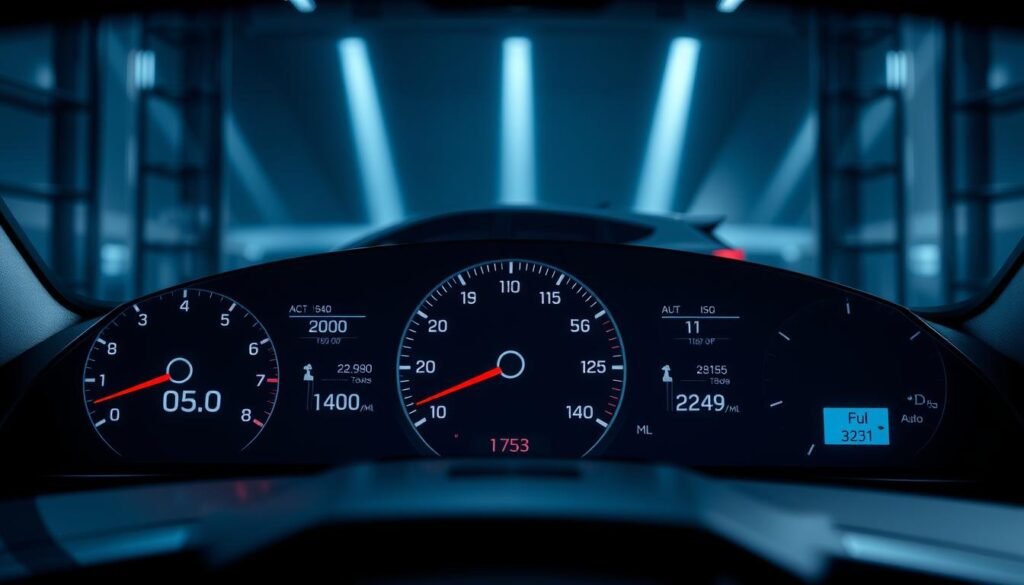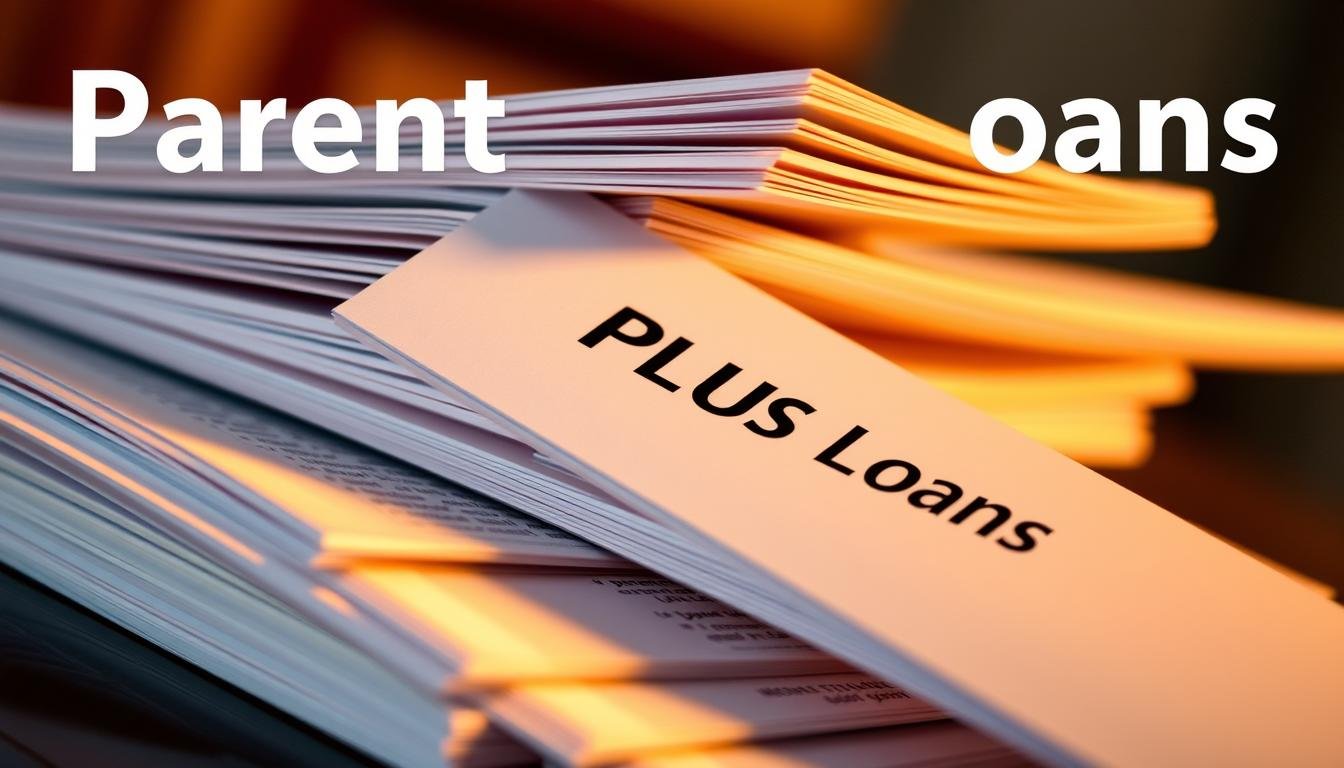Finding the right vehicle financing shouldn’t be stressful, even with past financial hurdles. Many lenders specialize in helping drivers secure the wheels they need quickly. With streamlined approval processes, applicants often receive decisions within minutes.
Recent data from LendingTree shows that 14% of financed vehicles go to borrowers with less-than-perfect histories. Nationwide options ensure access to competitive rates, regardless of credit background. Some lenders even offer flexible terms like a Three-Day Payoff Program for added convenience.
Whether purchasing new or used, options exist to match different budgets. Fast funding and multiple lender choices make the process simple. Drivers can explore solutions tailored to their unique situation without unnecessary delays.
Key Takeaways
- Quick approval processes help secure financing fast.
- Multiple lenders offer options for various financial backgrounds.
- Nationwide availability ensures accessibility for all borrowers.
- Special programs like three-day payoffs add flexibility.
- Competitive rates are available even with past challenges.
Understanding Bad Credit Car Loans
Navigating vehicle financing with a lower credit score can seem daunting, but understanding how lenders evaluate applications helps. They review multiple factors beyond just numbers, offering opportunities for approval even with past challenges.
What Qualifies as “Bad Credit” for Auto Loans?
Lenders typically use FICO or VantageScore models to assess creditworthiness. FICO auto-specific scores range from 300 to 850, with subprime (501-600) and deep subprime (300-500) tiers indicating higher risk.
Experian data shows 14% of auto loans go to borrowers with scores below 601. While FICO weighs payment history heavily, VantageScore may classify tiers differently. Knowing your score type helps tailor applications.
How Lenders Assess Risk with Low Credit Scores
Approval depends on more than just credit scores. Key factors include:
- Payment history (35% weight): Late payments raise red flags.
- Debt-to-income ratio: Lenders prefer ratios under 43%.
- Employment stability: Steady income improves approval odds.
Most subprime approvals (72%) require a co-signer, per NerdWallet. Prepare documents like proof of income, residence, and insurance to streamline the process.
How Bad Credit Car Loans Work
Understanding the mechanics of specialized auto financing helps borrowers make informed choices. Lenders tailor agreements based on risk factors, which often results in adjusted terms for applicants with lower scores.

Higher Interest Rates and Loan Terms
Rates vary significantly by credit tier. Experian reports an average APR of 21.81% for used vehicles among borrowers with scores of 300–500. Shorter terms (24–48 months) reduce total interest, while longer terms (72–96 months) lower monthly payments but increase overall costs.
Typical Requirements for Approval
Lenders commonly require:
- Minimum income: $1,500–$2,500/month (varies by lender).
- Vehicle age limits: Often under 10 years.
- Fees: Up to $400 in mandatory lender charges.
Note: 22% of subprime contracts include prepayment penalties—always review terms carefully.
Top Lenders for Bad Credit Auto Loans
Choosing the right lender can simplify the approval process for vehicle financing. Many auto lenders provide flexible options, even for those with financial setbacks. Below are four trusted companies that stand out for their unique benefits.
CarMax: Best for Convenient Used Car Financing
CarMax makes buying used vehicles hassle-free. They lenders offer financing with no minimum credit score requirement and an average APR of 5.75%. Their 3-Day Payoff Guarantee lets buyers refinance without penalties within 72 hours.
Additional perks include free 60-mile delivery and a 30-day return policy. This appeals to drivers seeking transparency and convenience.
OpenRoad Lending: Best for Refinancing
OpenRoad specializes in refinancing with competitive rates. Borrowers need a minimum score of 460 and can secure APRs as low as 5.49%. They accept co-borrowers, which helps strengthen applications.
Vehicles must be under eight years old, but their streamlined process often delivers approvals within 24 hours.
Capital One: Best for Dealership Loans
Capital One’s Auto Navigator tool simplifies dealership financing. Applicants with scores of 500+ can access pre-qualification without a hard credit check. However, their network restricts purchases to approved dealers.
Autopay: Best for Flexible Repayment Terms
Autopay stands out with 96-month terms, ideal for lowering monthly payments. Fees cap at $400, and they even finance private party purchases—a rare feature among lenders.
Their marketplace compares multiple offers, helping borrowers find the best loan terms quickly.
Average Interest Rates by Credit Score
Interest rates can make or break a vehicle financing deal, especially for those with lower scores. Recent data shows a $9,000 difference in total interest between prime and subprime borrowers on a $30,000 loan. Understanding these variations helps buyers anticipate costs and negotiate better terms.
Subprime vs. Deep Subprime APR Comparisons
Experian’s 2024 report reveals stark contrasts between credit tiers. Borrowers with scores of 601-660 pay an average 11.92% APR, while deep subprime applicants (300-500) face rates exceeding 21.81%. Key factors influencing these rates include:
| Credit Tier | Score Range | Used Vehicle APR | New Vehicle APR |
|---|---|---|---|
| Prime | 661-780 | 6.07% | 4.56% |
| Subprime | 501-600 | 15.75% | 13.12% |
A 60-month $25,000 loan at 21.81% costs $38,217 total—nearly double the principal. Shorter terms (36-48 months) reduce this gap but increase monthly payments.
New vs. Used Vehicle Rate Differences
Used vehicles typically carry higher interest rates due to faster depreciation. The same borrower might see:
- New car: 15.75% APR
- Used car: 21.81% APR
Electric vehicles sometimes qualify for discounts, like DCU’s 0.25% rate reduction. Lenders also consider loan-to-value ratios—most cap financing at 120% of a vehicle’s worth.
Steps to Get Approved Despite Bad Credit
Lenders look beyond scores—here’s how to improve chances getting approved. Strategic actions like adding a co-signer or adjusting the loan term can tip the scales in your favor.

Strengthen Your Application With a Co-Signer
A co-signer with solid credit history boosts approval odds by 65%, per Credit Karma. They share responsibility for payments, but both parties’ credit reports reflect the account activity.
Key considerations:
- Choose someone with a score above 700.
- Discuss liability—missed payments affect both parties.
- Some lenders release co-signers after 12–24 months of on-time payments.
Larger Down Payments Reduce Risk
A 20% down payment slashes default risk by 43% (CFPB). It also lowers the loan term and total interest. Below are typical down payment tiers and their impact:
| Down Payment | Monthly Payment | Total Interest (60-month term) |
|---|---|---|
| 10% | $450 | $5,200 |
| 20% | $360 | $3,800 |
Prove Stable Income for Faster Approval
Lenders prefer 12+ months of employment history. Provide these documents to get approved faster:
- Recent pay stubs (last 30 days).
- Bank statements showing consistent deposits.
- Tax returns or W-2s for self-employed applicants.
Alternative income like pensions or child support counts too—just document it.
Comparing Loan Offers: What to Look For
Not all loan offers are equal—knowing how to evaluate them saves money. Borrowers should scrutinize terms beyond the advertised rate. A clear comparison prevents overpaying and reveals the best fit for their budget.
APR vs. Monthly Payment Calculations
The annual percentage rate (APR) reflects the true cost, including fees. A low monthly payment might hide higher interest over time. For example, a $20,000 loan at 15% APR costs $6,600 more than one at 8% over five years.
Simple interest loans calculate charges daily. Precomputed interest locks in costs upfront, penalizing early payoffs. Always ask lenders which method they use.
Hidden Fees and Prepayment Penalties
Watch for these common fees in financing agreements:
- Origination fees: 2% of the loan amount (common in 78% of subprime deals).
- Documentation fees: Up to $400 at buy-here-pay-here lots.
- Administrative charges: Often bundled into the loan balance.
Some contracts include prepayment penalties or 10-day payoff rules. The CFPB’s complaint database helps identify lenders with unfair practices. Always negotiate “out-the-door” pricing to avoid surprises.
Pitfalls to Avoid with Bad Credit Financing
Smart car buyers know that financing pitfalls can turn a good deal into a costly mistake. Some lenders use aggressive tactics that trap borrowers in cycles of debt. Recognizing these risks helps shoppers make safer choices.

Buy-Here-Pay-Here Dealership Risks
Buy-here-pay-here (BHPH) lots often target those with past financial challenges. NerdWallet reports a 34% default rate on these contracts—triple the industry average. Common red flags include:
- Repossession practices: Many BHPH dealers install GPS trackers or starter interrupt devices to disable vehicles after one missed payment.
- Insurance markups: Some require overpriced policies from partner providers, adding $100+/month.
- No credit reporting: 60% of BHPH loans don’t report payments to bureaus, missing chances to rebuild credit.
Balloon Payments and Long-Term Traps
Long loan terms (84–96 months) lower monthly payments but create risks. A 62% of 84-month loans go “underwater” within three years—owing more than the vehicle’s value. Watch for:
- Balloon payments: Large final installments (up to 30% of the loan) can force refinancing at higher rates.
- Negative equity rollover: Trading in an underwater vehicle stacks old debt onto the new loan.
- Precomputed interest: Charging all interest upfront penalizes early payoffs.
Always compare the total cost, not just monthly payments. A $15,000 loan at 18% APR for 96 months costs $9,200 more than a 48-month term.
Improving Your Credit Before Applying
Boosting financial health before applying can unlock better approval odds and lower rates. Strategic actions, both short-term and long-term, help borrowers present a stronger profile to lenders. Even small adjustments can lead to significant improvements.
Quick Fixes to Elevate Your Profile in 30 Days
Experian notes that credit limit increases can lift scores by 40 points. Ask issuers for higher limits without a hard inquiry—this lowers utilization ratios instantly.
Other rapid tactics include:
- Pay-for-delete negotiations: Offer to settle old collections in exchange for removal from reports.
- Rapid rescore services ($50–$150): Lenders update bureaus within days for verified corrections.
- Becoming an authorized user on a trusted account to inherit positive history.
Sustainable Strategies for Long-Term Growth
For lasting results, consider tools like secured cards or credit-builder loans. These report payments to bureaus, gradually improving credit score visibility.
Key steps:
- Use secured cards at 10%–30% of the limit to optimize scoring.
- Dispute errors via the FTC’s free process—1 in 5 reports contain mistakes.
- Set up payment alerts to avoid late marks, which hurt scores for 7 years.
“Consistency matters more than speed. Building credit is a marathon, not a sprint.”
Alternative Options If You’re Denied
When traditional financing falls through, other paths exist to secure vehicle funding. Many institutions now offer specialized programs for those facing lending barriers. Exploring these alternatives often reveals better terms than expected.
Credit Union Special Programs
Local credit unions frequently provide member-exclusive deals. Navy Federal Credit Union (NFCU) offers a 1.79% starter APR for rebuilding borrowers. Digital Federal Credit Union (DCU) finances up to 130% of a vehicle’s value for qualifying people.
Key benefits include:
- Lower rates than traditional auto lenders (average 2-4% less).
- Flexible underwriting that considers banking history beyond scores.
- Financial counseling to improve future approval chances.
Online Lending Marketplaces
Platforms like MyAutoLoan compare multiple offers instantly. Their system generates up to four prequalified proposals without harming credit reports. Peer-to-peer networks also connect borrowers directly with individual investors.
Other creative solutions:
- Lease-here-pay-here dealers with no credit checks (verify mileage limits).
- Non-profits like Ways to Work provide low-interest loans for employment needs.
- Employer-sponsored programs through credit-building partnerships.
“Avoid title loans—their average 300% APR traps borrowers in cycles of debt.”
Consumer Financial Protection Bureau
Traditional lender rejections don’t have to halt progress. With research and persistence, viable alternatives exist for nearly every situation.
Conclusion
A strategic approach helps borrowers navigate financing challenges successfully. By focusing on lender priorities—like stable income or a co-signer—approval odds improve significantly.
Always compare rates and read contracts carefully. Watch for hidden fees or unfair terms that could strain budgets.
Use tools like payment calculators to forecast costs. Gather documents upfront to speed up the process.
Building healthier credit opens doors to better refinancing later. Small steps today lead to stronger financial flexibility tomorrow.






